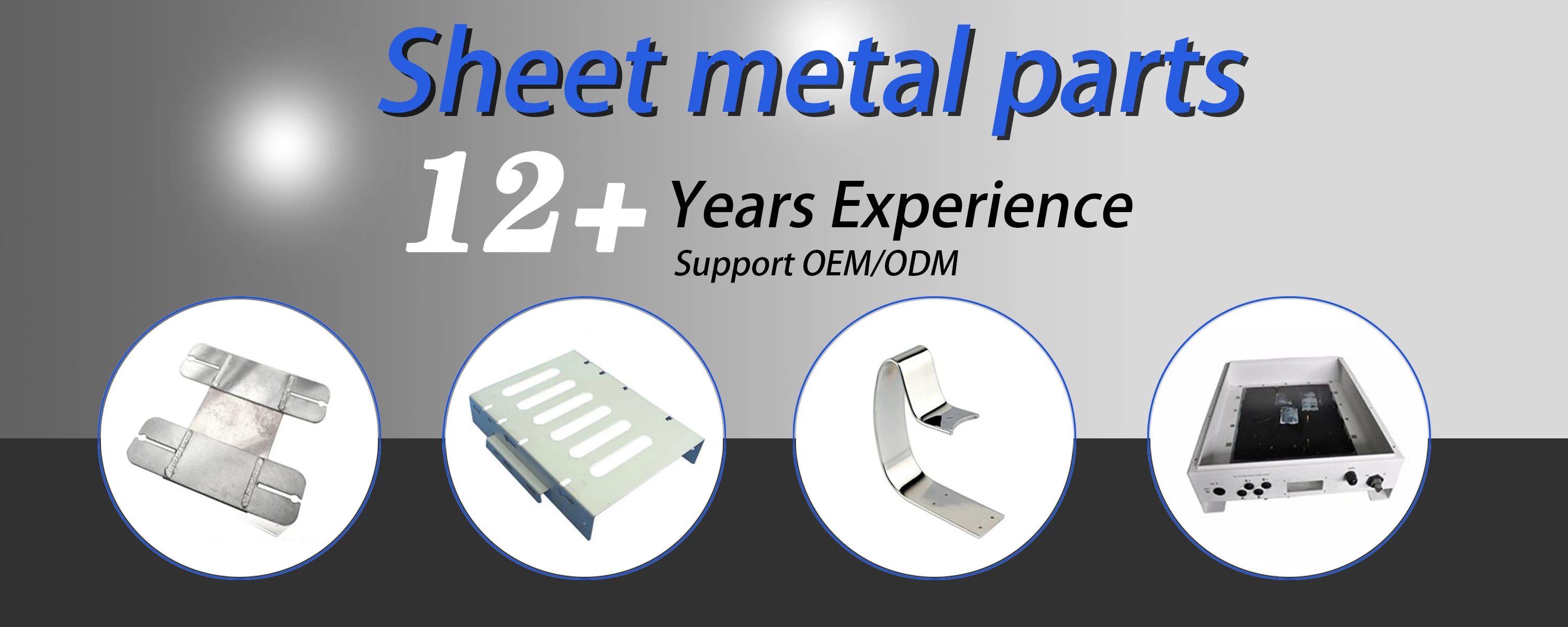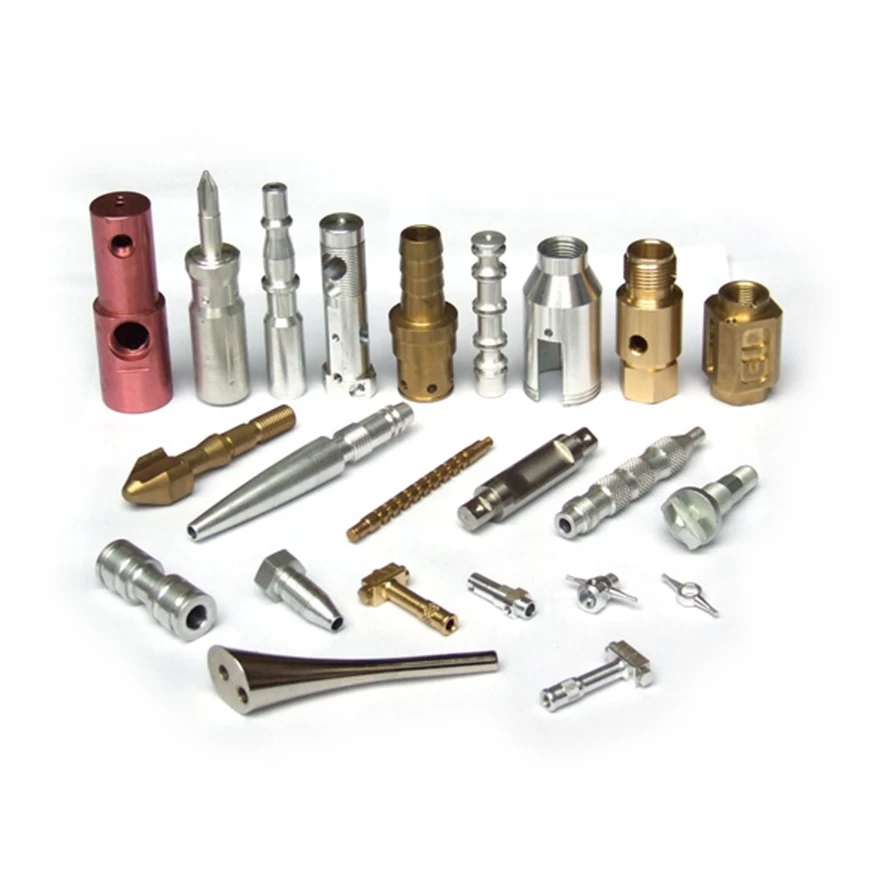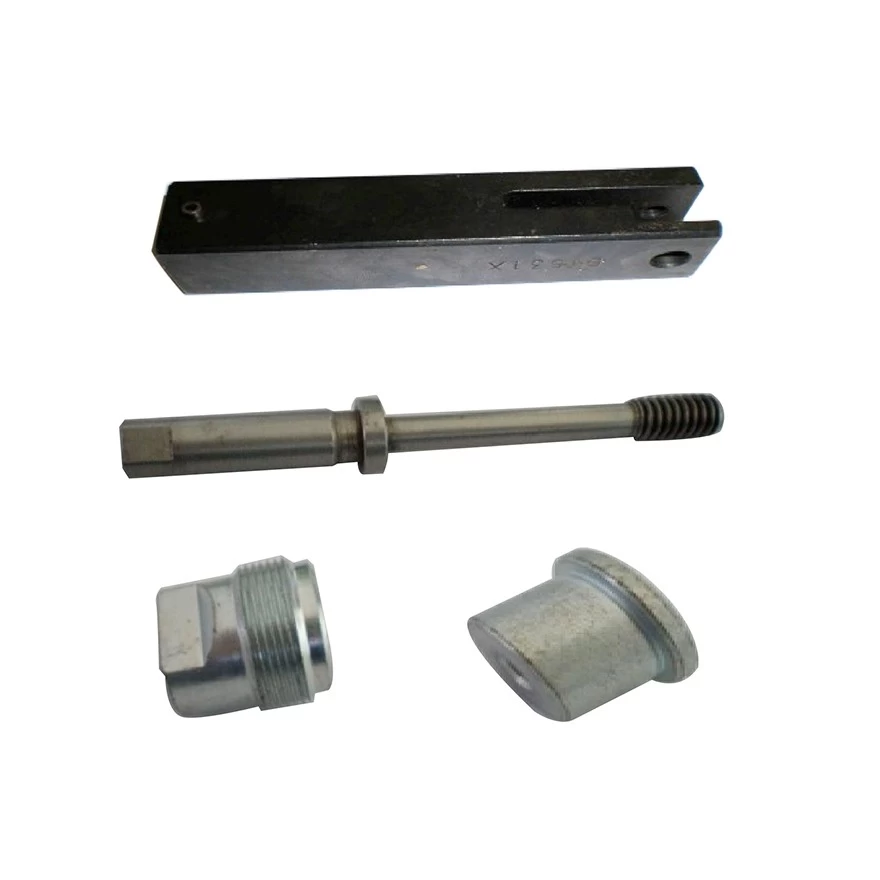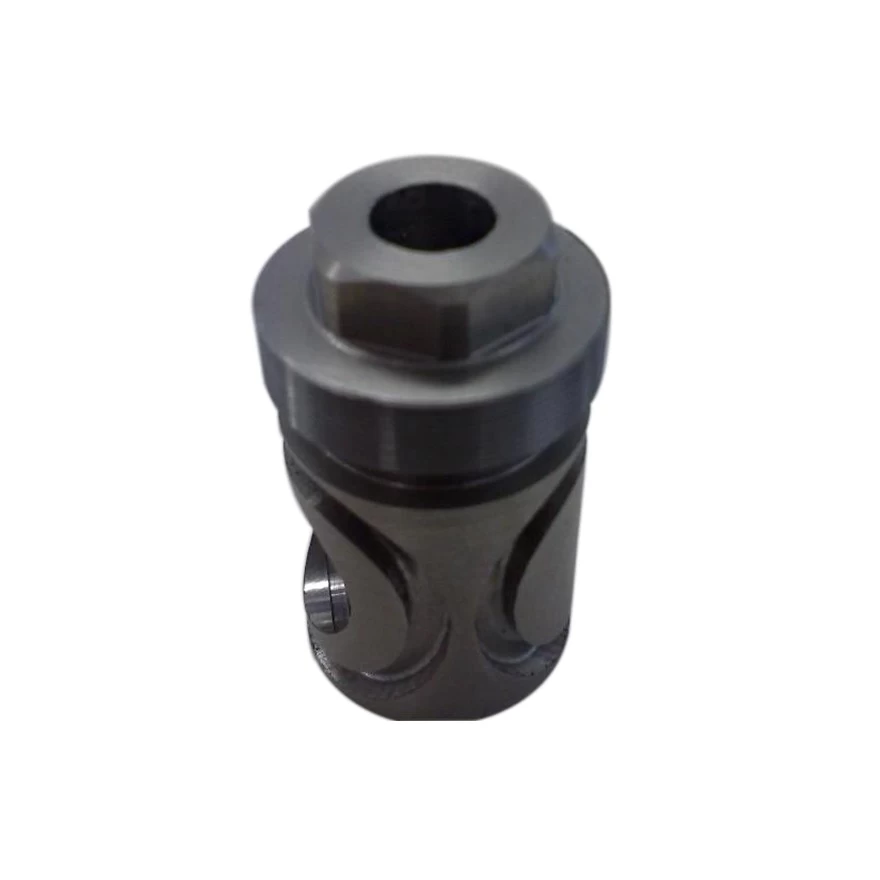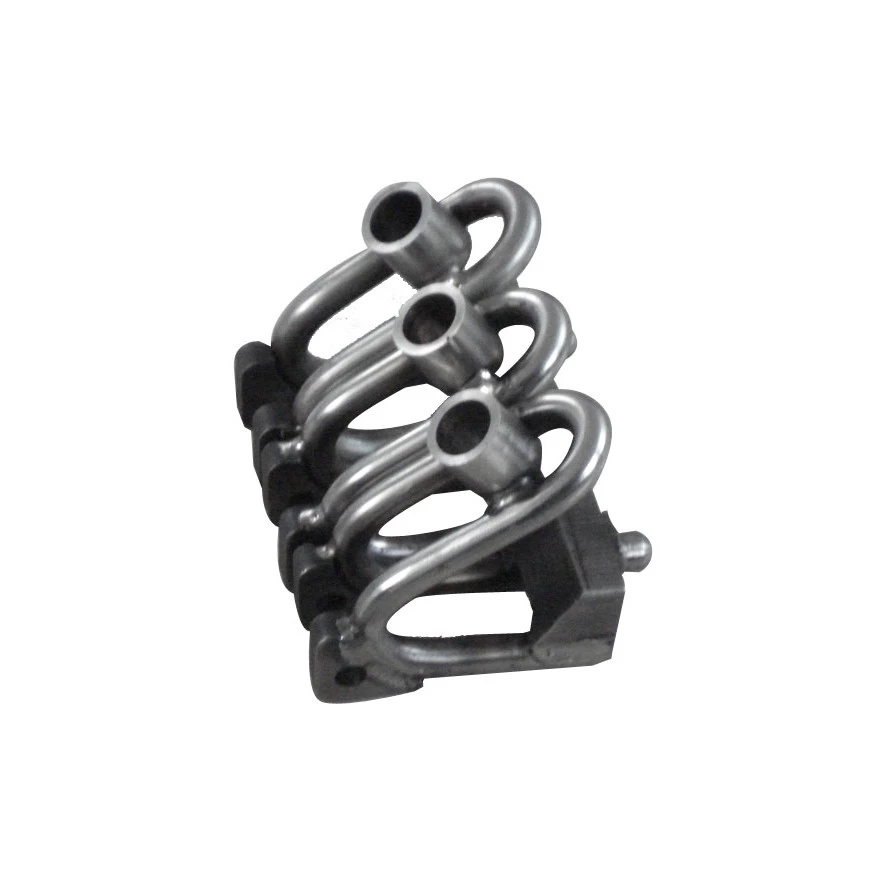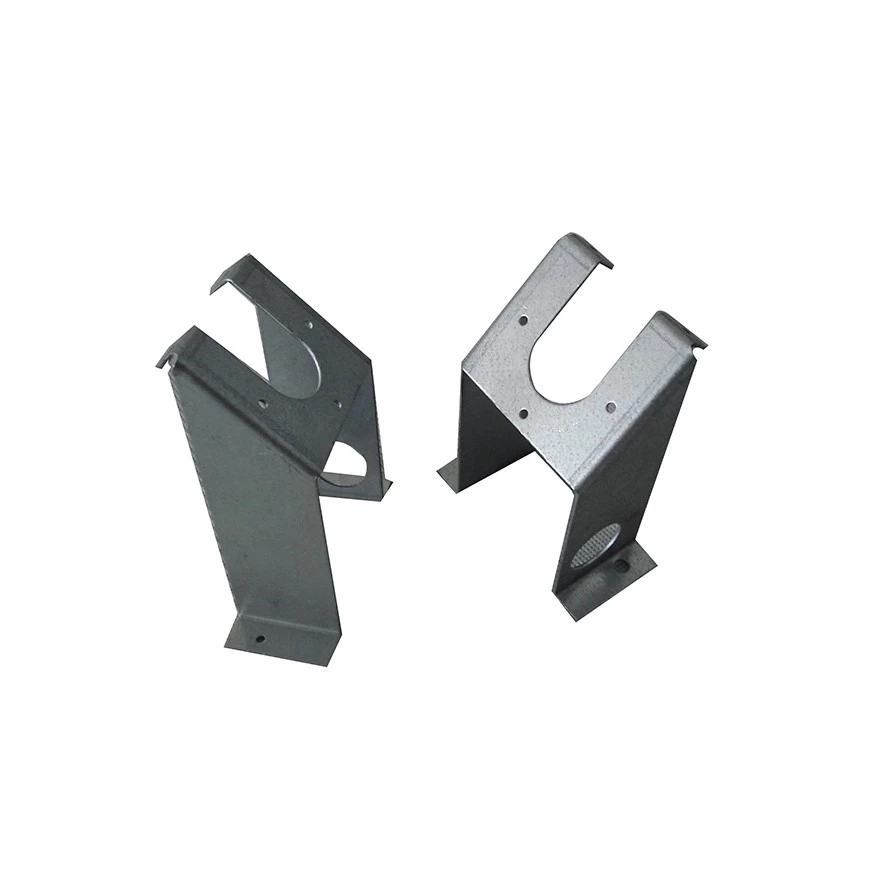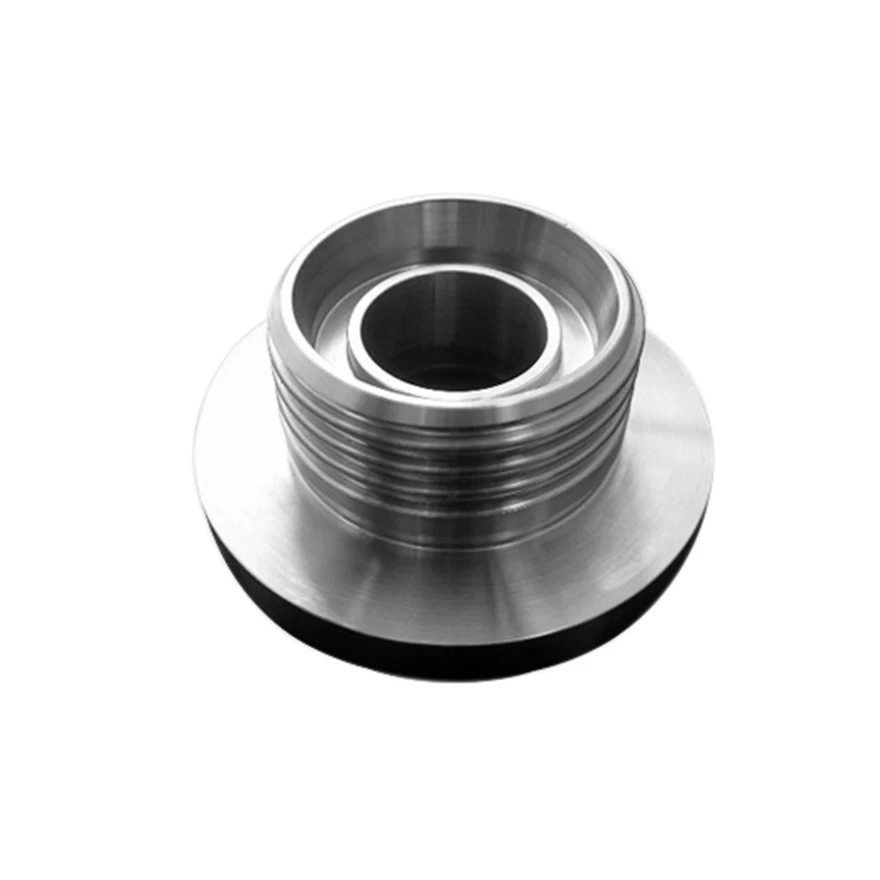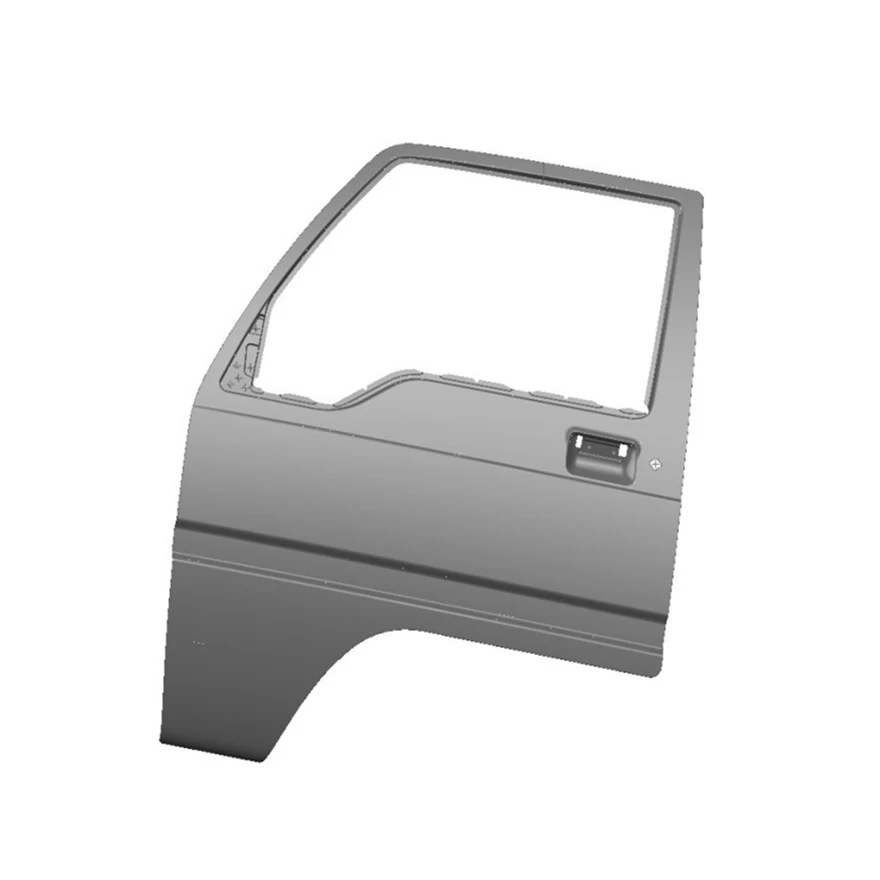metal fabrication processing from HOUDRY
Kitty song
2017-08-24 16:09:57
Cutting is done by sawing, shearing, or chiseling (all with manual and powered variants); torching with hand-held torches (such as oxy-fuel torches or plasma torches); and via numerical control (CNC) cutters (using a laser, mill bits, torch, or water jet).
Bending is done by hammering (manual or powered) or via press brakes and similar tools. Modern metal fabricators use press brakes to either coin or air-bend metal sheet into form. CNC-controlled backgauges use hard stops to position cut parts in order to place bend lines in the correct position. Off-line programming software now makes programming the CNC-controlled press brakes seamless and very efficient.
Assembling (joining of the pieces) is done by welding, binding with adhesives, riveting, threaded fasteners, or even yet more bending in the form of a crimped seam. Structural steel and sheet metal are the usual starting materials for fabrication, along with the welding wire, flux, and fasteners that will join the cut pieces. As with other manufacturing processes, both human labor and automation are commonly used. The product resulting from fabrication may be called a fabrication. Shops that specialize in this type of metal work are called fab shops. The end products of other common types of metalworking, such as machining, metal stamping, forging, and casting, may be similar in shape and function, but those processes are not classified as fabrication.

